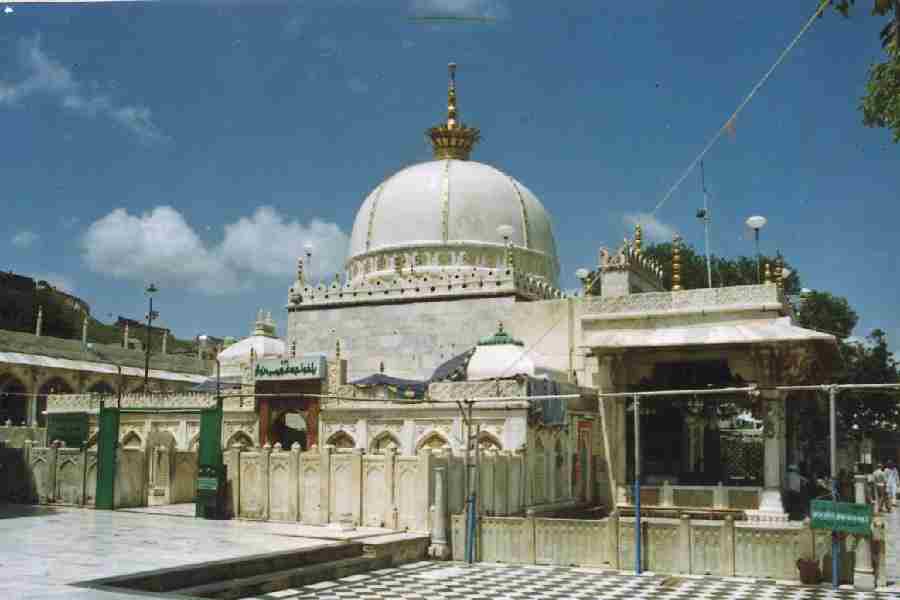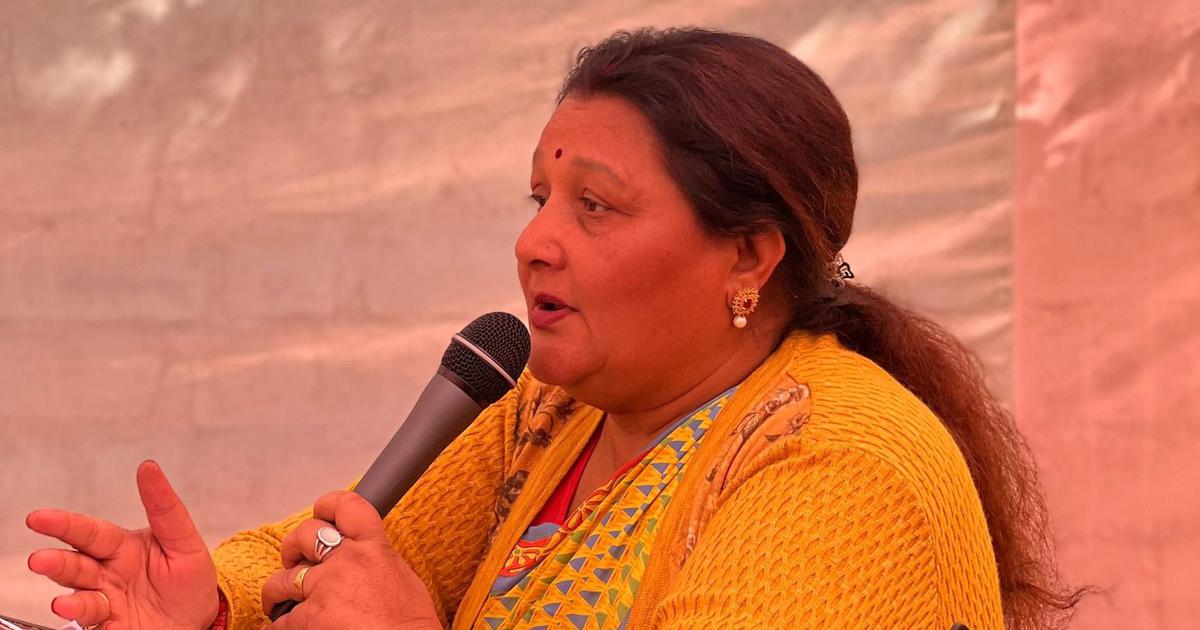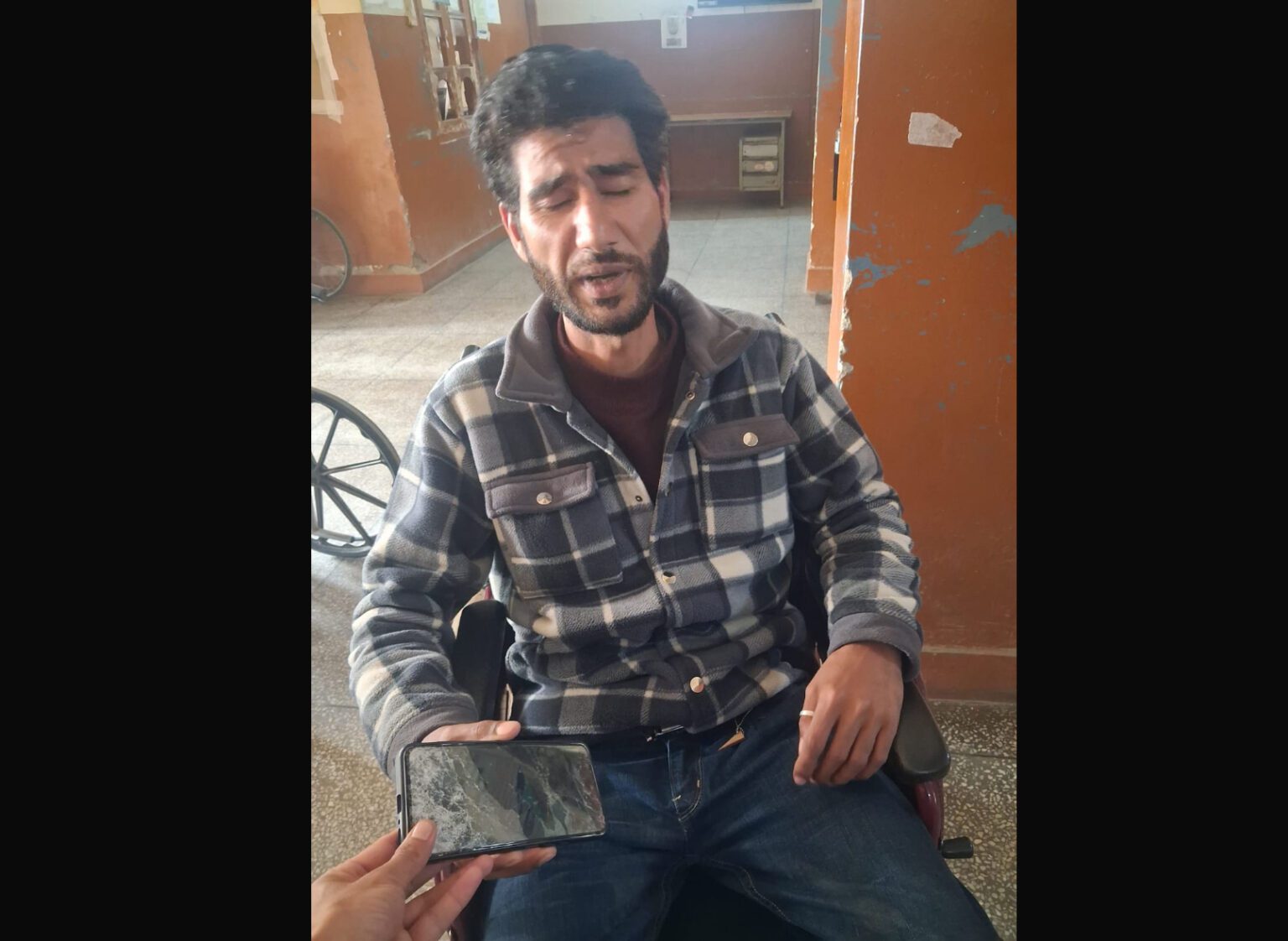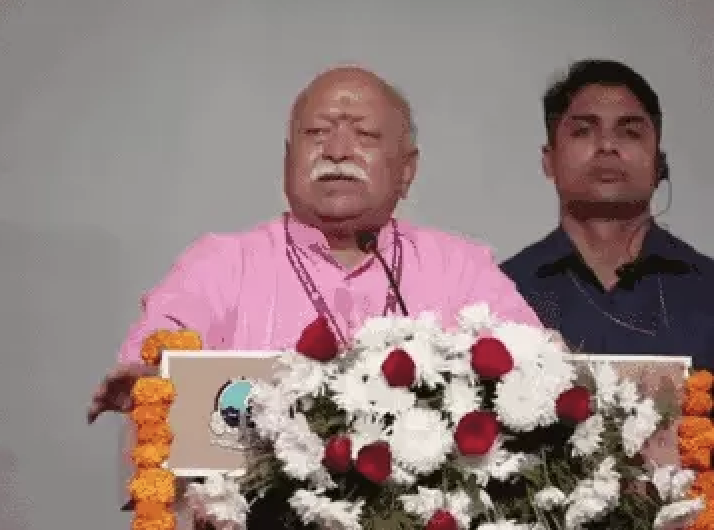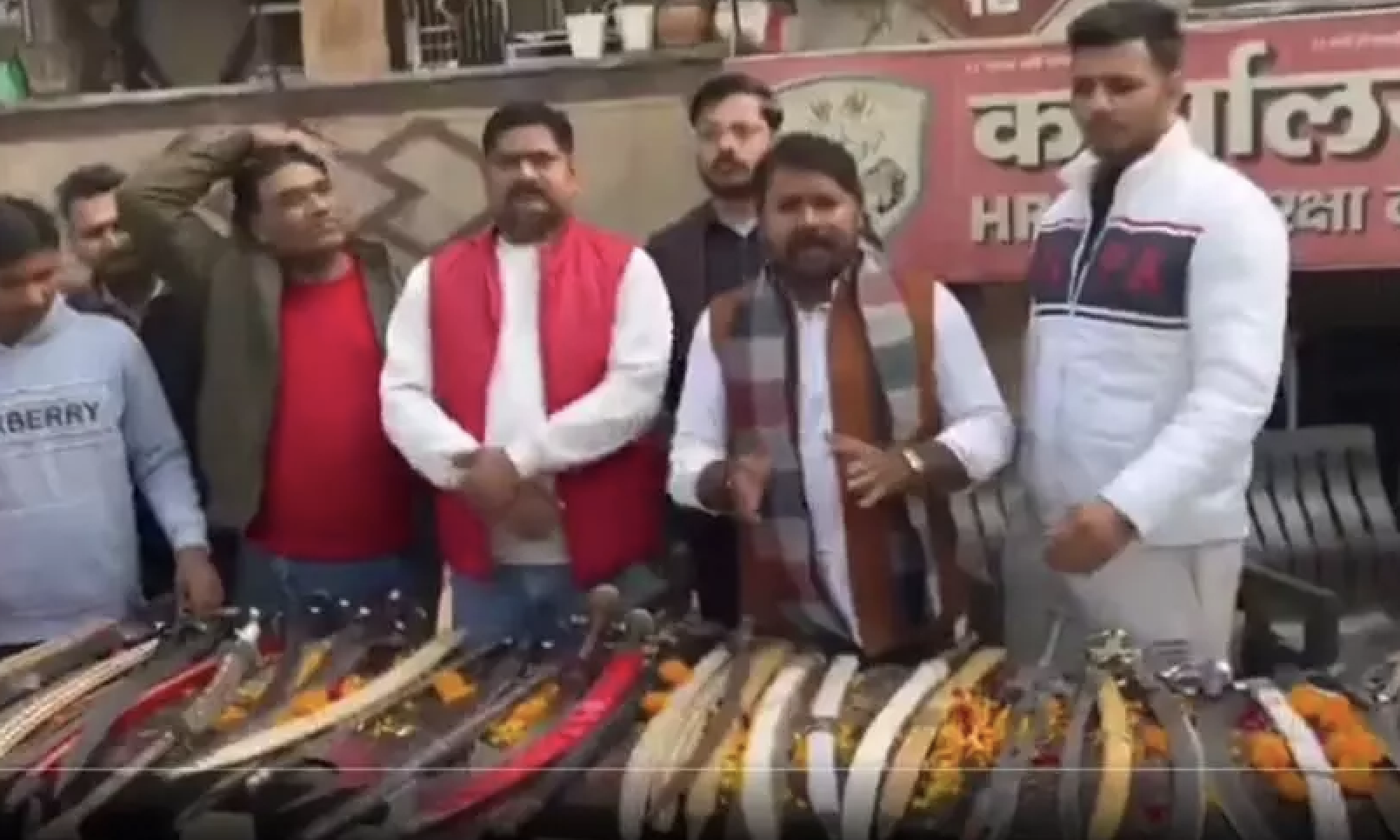By Santosh Sharma Poudel / The Diplomat
On August 20, two locals from Dharan, a town in eastern Nepal, live-streamed a feast where they were seen eating beef. The feast was to celebrate their release from police custody. They had earlier been arrested for slaughtering a bull.
The video went viral on social media, sparking a debate on what religious freedom means. The city was already simmering with religious tensions; only a month earlier, there had been protests by Hindus after a church was built close to a Hindu temple in the city.
Various Hindu outfits called on people to gather in Dharan on August 26 to protest against the cow slaughter. The mayor and the central government called for restraint. The District Administration Office imposed a prohibitory order on the day, blocking the major entry routes to the city. Over 1,500 security officials were deployed in Dharan and neighboring towns, and thousands were stopped from entering Dharan. There were smaller protests at entry points but no large-scale demonstrations or violence.
Nepal has long been a Hindu-majority state. More than 80 percent of the population was, and is, Hindu, and another 10 percent are Buddhists. But the simmering religious tension in Nepal is a relatively new phenomenon.
This story was originally published in thediplomat.com. Read the full story here


